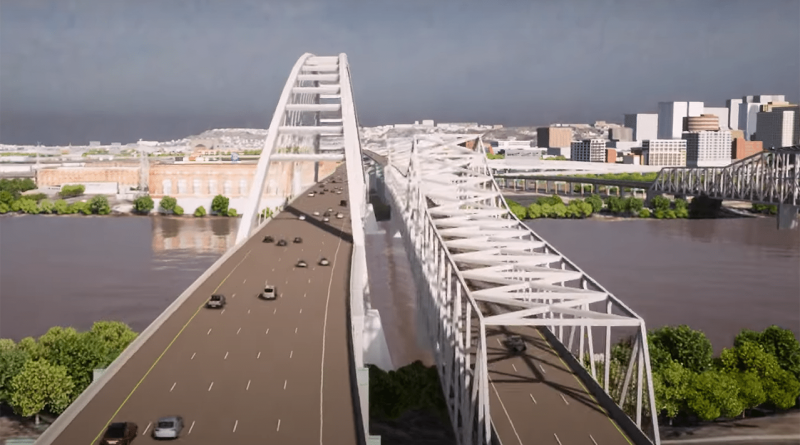Brent Spence Bridge: Legal Battle Over $3.6B Project Amid Eco Concerns
The $3.6 billion Brent Spence Bridge Corridor Project has become the focal point of a legal dispute over its potential environmental impacts. This significant infrastructure endeavor, vital for improving traffic flow between Cincinnati, Ohio, and Covington, Kentucky, is closely tied to the federal Infrastructure Investment and Jobs Act (IIJA). While the project aims to mitigate congestion and bolster regional commerce, a coalition of environmental and transit nonprofits has filed a federal lawsuit. The plaintiffs argue that project officials did not conduct a comprehensive Environmental Impact Statement (EIS), overlooking crucial ecological and community factors.
The lawsuit calls into question the adequacy of environmental assessments dating back to 2012 and updated as recently as 2024. According to the plaintiffs, these studies failed to reflect current environmental and social challenges. The legal challenge, if successful, could delay the start of construction, scheduled for early 2025.
Environmental and community concerns
The core of the lawsuit focuses on the project’s historical environmental reviews, which deemed that a full EIS was unnecessary. The groups allege that this decision neglected significant concerns, such as the impact on wetlands, forested areas, and the socio-economic well-being of local communities, particularly those that are non-white and lower-income.
Advocates emphasize the need for sustainable development practices that integrate robust public transit options, bike lanes, and pedestrian-friendly pathways. The plaintiffs argue that such additions would mitigate traffic-related pollution and foster long-term community benefits. Their demand for a thorough EIS aligns with nationwide legal movements pushing for more sustainable approaches to infrastructure.
Project plans and responses
The Brent Spence Bridge Corridor Project involves constructing a 10-lane bridge adjacent to the existing eight-lane structure, accompanied by the widening of Interstate 75. This expansion is intended to direct interstate traffic to the new bridge while reducing the original span to six lanes for local use. Proponents believe these measures will improve safety, traffic flow, and economic prospects.
State officials, such as Kentucky Transportation Secretary Jim Gray, defend the project, stating it incorporates an inclusive process aimed at balancing community and environmental needs. The project received federal approval following updates to its original environmental findings, affirming no significant impact—a conclusion disputed by the coalition.
Legal and broader implications
Should the court side with the plaintiffs, the requirement for a comprehensive EIS would likely delay the project’s timeline and could drive up costs. Such a precedent would underline the necessity for extensive environmental reviews in large-scale infrastructure projects, impacting how future developments are planned and executed.
This lawsuit reflects broader trends in public infrastructure that emphasize sustainability and social equity. Addressing these concerns could promote more equitable outcomes, ensuring that developments benefit communities comprehensively without exacerbating environmental degradation.
The result of this legal action could redefine the environmental review process for future infrastructure projects. If a full EIS is mandated, the Brent Spence project will likely need to incorporate additional measures, such as expanded public transit options, to align with evolving sustainability practices. For the Greater Cincinnati area, the emphasis on thorough environmental analysis could yield long-term benefits, creating a model for integrating community and ecological well-being into urban planning.
Sources:
